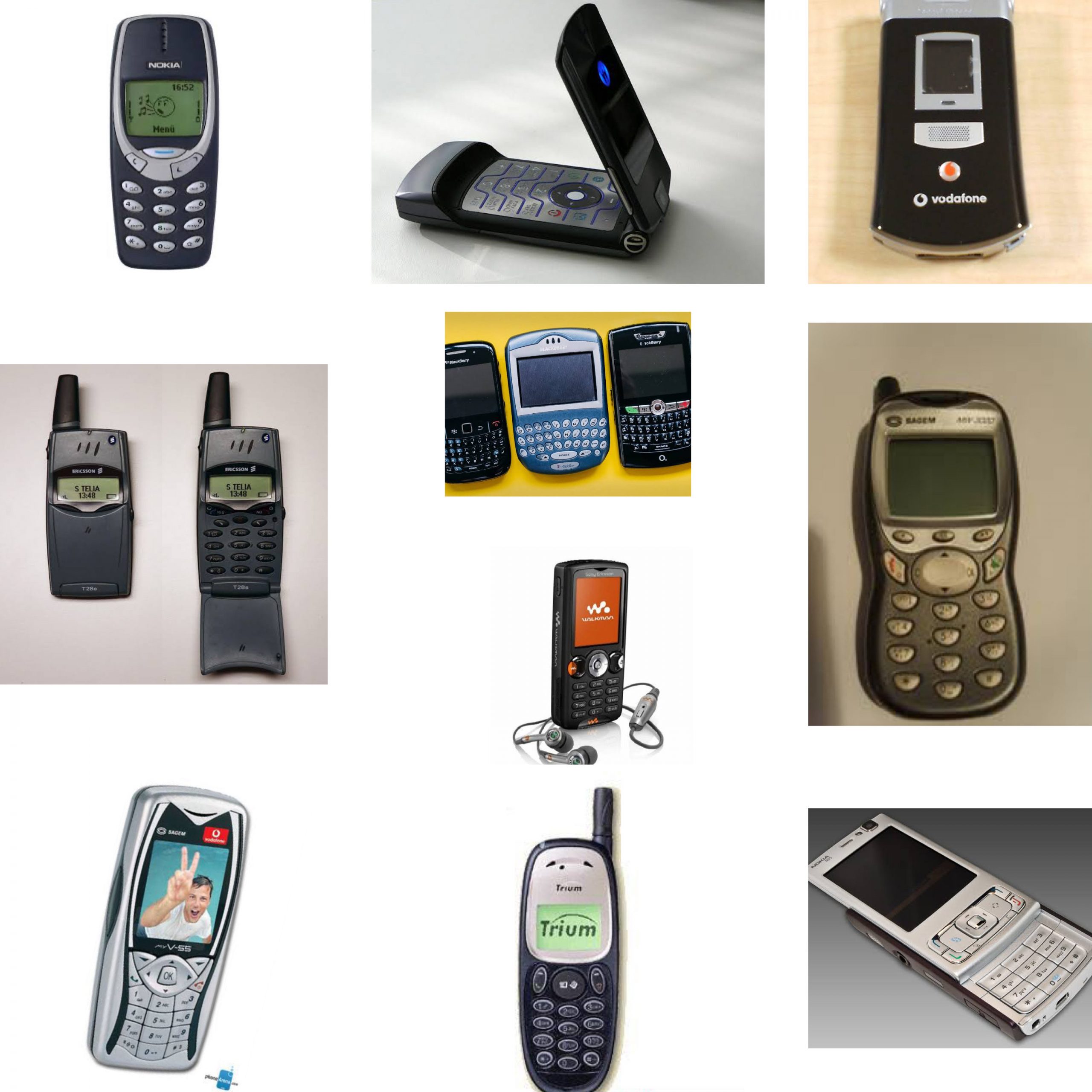By Abimbola Muhammed
Long time ago before the modern Smartphone revolution triggered by the arrival of Androids and iPhones, pioneer cell phone companies of old drove an earlier revolution by introducing the world to mobile phones.
Mobile phones are a big part of our lives and it’s impossible to think about a life without them. We have a copy of our lives in them. We take photos, pay our bills, buy our clothes and much more with them.
Some of these old cell phone brands are still around and kicking dust today, and you will perhaps be surprised to know that some of your favourite smartphone brands today have ancestors that ruled the turf around the late 90s.
Here are some relics from this noble mobile telephony ancestry.
Ericsson T28: Released in 1999, the Ericsson T28 was the slimmest mobile phone of its time, weighing mere 83 grams. The phone was dual-band GSM compatible and had a phonebook for storing up to 250 contacts. Classic games like Tetris and Solitaire were also on-board. Apart from its collection of monophonic ringtones, the phone allowed users to compose their own.
Nokia 3310 at al: The history of mobile phones can never be complete without Nokia. Nokia is arguably one of the most iconic mobile phone brands of all time. The Finnish phone manufacturer has lots of iconic devices to its credit, with the Nokia 3310 certainly being the most widely known. Tough as a rock, the 3310 was launched in 2000 and came with customizable Xpress-On covers. The iconic device also introduced the world to the smash-hit Snake II mobile game. It’s one of the most successful phones as it sold 126 million units worldwide. It also had screensavers, customizable ringtones, and really long battery life.
Ericsson T68: Launched in 2001, the T68 was Ericsson’s first phone to have a colour screen, sporting a resolution of 101 x 80 and 256 colours. A year later, under the ownership of Sony (Ericsson became Sony Ericsson), the T68i became one of the first phones to have a camera. This ‘camera’ was however an optional accessory that you could connect to the phone so you could snap pictures on the go.
Motorola RAZR V3: If there’s one mobile phone that can be considered a style statement first and a communication device second, it has to be the Moto RAZR V3. It was launched by Motorola in 2003. The Moto RAZR V3 was, true to its name, a razor-thin clamshell phone with a sleek design. It boasted of an aluminum body and an external glass screen.
Sony Ericsson Walkman W800 (2005): In 2005, Sony partnered with Ericsson and they released the first mobile phone under the famous Walkman brand and this phone was one of the first phones that prioritised music. It had a 2-megapixel camera with video recording, Bluetooth, Infrared connectivity, downloadable games, MP3 ringtones, wallpapers, a WAP browser, 3G network connection, and 34MB of internal memory which could be increased up to 2GB via a memory card.
Blackberry: Although its glory days are long gone, a time there was when BlackBerry’s handsets were the very definition of what a business-class communication device could be. The 2006-launched Pearl 8100 is an embodiment of that. Having a SureType keyboard, the smartphone came with a trackball for precise navigation. It was also the first Blackberry handset to offer a 1.3MP camera.
LG Chocolate: Another handset to capitalise on the emerging clamour for pink gadgets was the LG Chocolate. While it wasn’t the first in the range, with the original colour scheme coming in a box that smelt like, well, chocolate, the pink version pretty much changed the landscape for gadgets, not just mobile phones.
Nokia N95: Nokia’s N95 was way ahead of its time. Launching at the peak of Nokia’s fame, it was one of the first proper flagship smartphones that became a must-have product. The phone was released in 2007 with a 5-megapixel camera, GPS, web browser, and a stack of other neat tricks. It also included Symbian OS 9.2, which offered plenty of proper smartphone functionality, like web browsing and basic apps. The inclusion of expandable microSD storage marked the start of a trend in smartphones we still see today.
HTC One: The HTC One was a marvel of precision manufacturing and machining, with a beautiful metal body and tech that pushed the boundaries of the time. It also had two front-facing speakers which allowed it to outperform the sound quality of all Smartphones at the time and many phones that followed.
Nokia 6600: Launched in 2003, the quirky-looking Nokia 6600 was one of the earliest smartphones from Nokia. It ran Symbian OS and featured a VGA (0.3 MP) resolution rear camera with video-call functionality. Having 6MB of internal memory (expandable externally), the phone had a 5-way joystick and a 2.16-inch TFT display.
Sony Ericsson V800: Sony’s V800 flip phone was one of the first handsets to hit the UK with 3G in tow and was the Vodafone flagship to promote its new service. The tri-band handset landed in 2004, with a rotatable 1.3-megapixel camera attached so you could make video calls.
Packing 7MB of internal storage, the phone also could read Memory Stick Duo cards, which meant it was expandable up to 16GB – a lot of storage for the time, especially when you consider there were no apps to download.









Comment
No comments found.